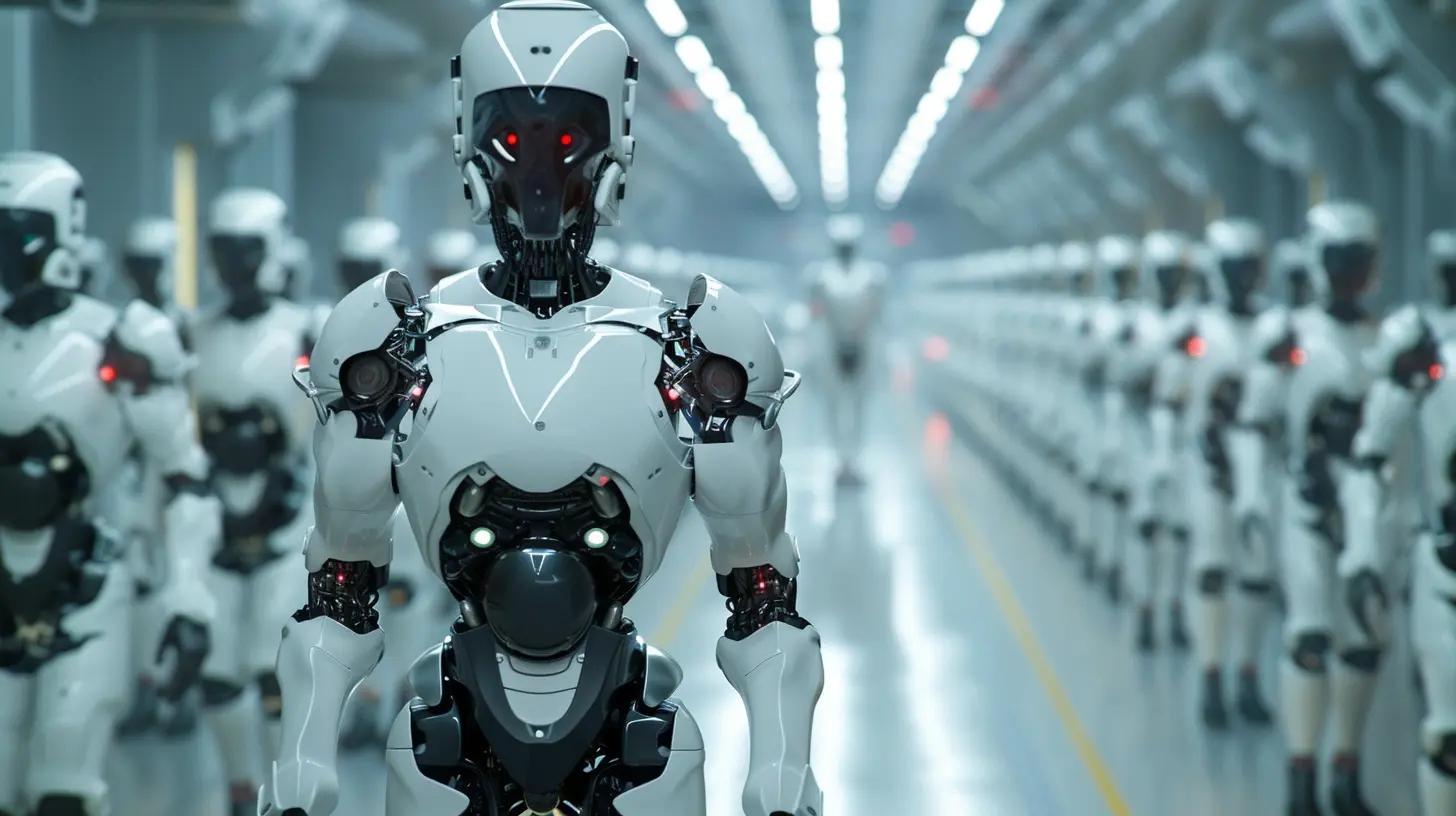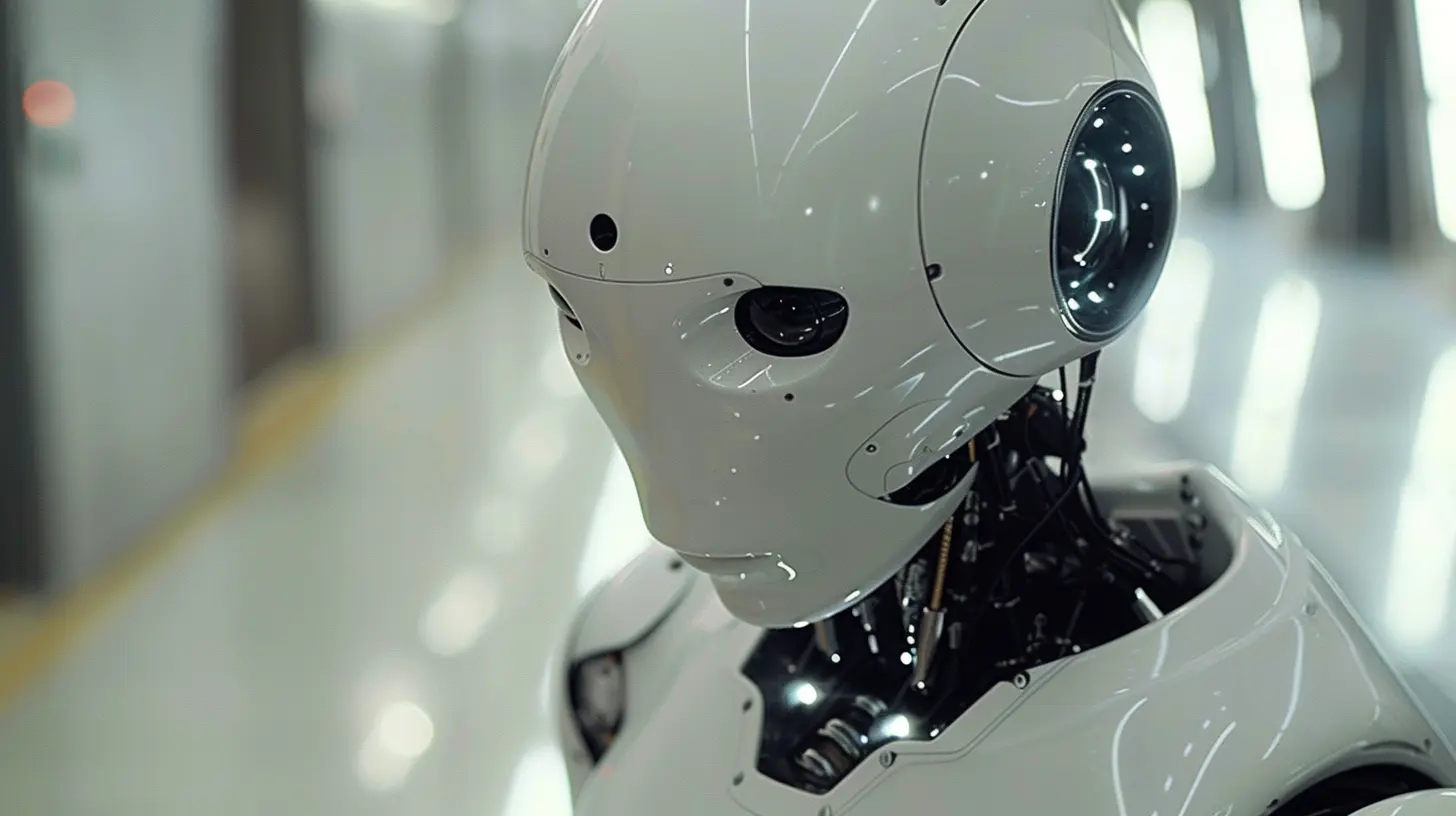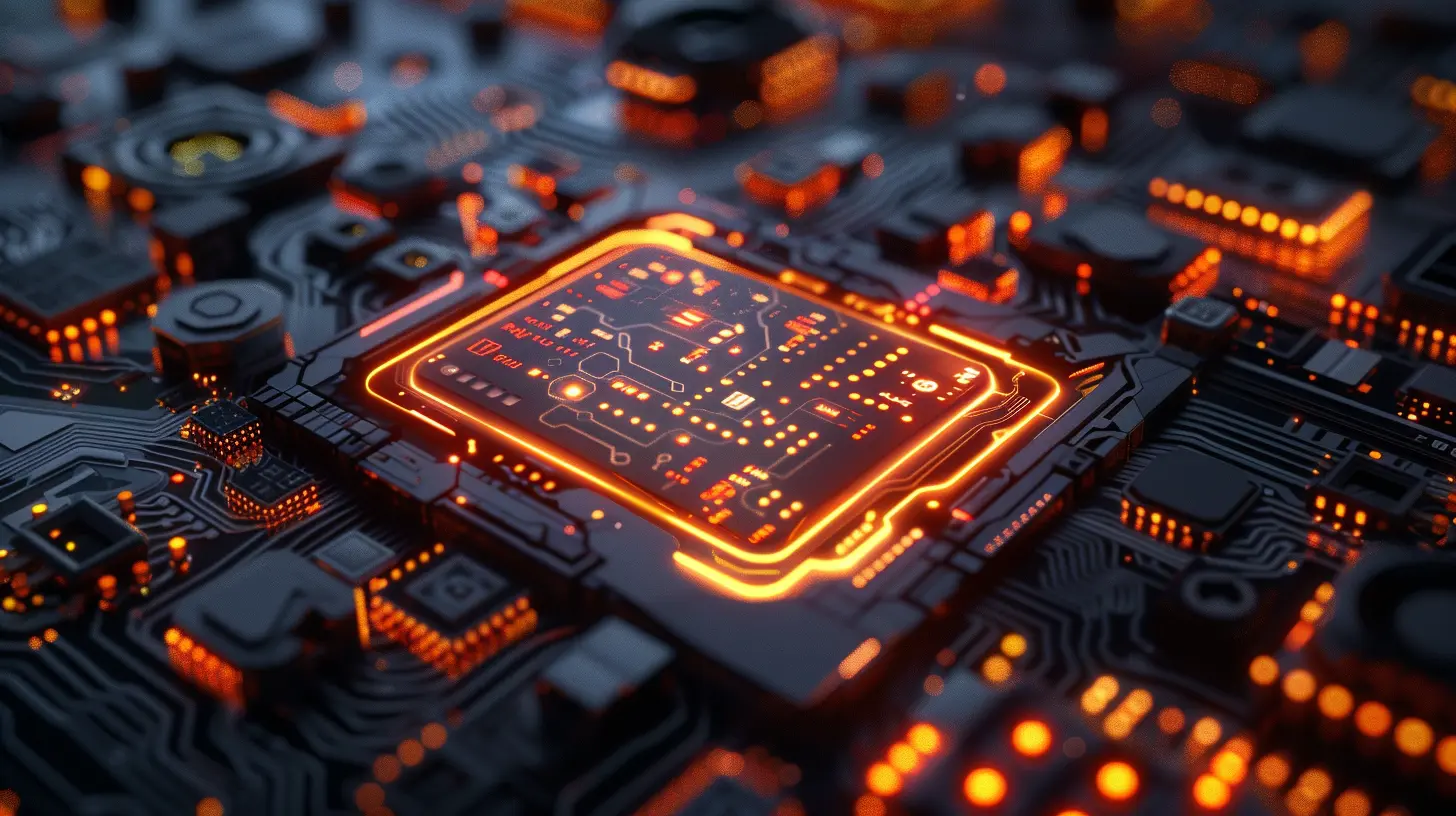The Impact of AI on Cybersecurity
24 July 2025
Let’s face it—Artificial Intelligence (AI) is no longer just the stuff of sci-fi movies and futuristic novels. It’s here, it's real, and it's reshaping pretty much everything, including the battleground of cybersecurity. Picture this: a world where bots fight bots, where algorithms outsmart hackers in milliseconds, and where your data is guarded by digital sentinels with zero coffee breaks. Sounds cool, right? But there’s another side to this coin, and it's just as spicy.
In this article, we're diving deep (but not too technical, promise!) into the oddly fascinating relationship between AI and cybersecurity. We’ll laugh, we’ll gasp, and maybe, just maybe, we’ll come to terms with what the future of staying safe online really looks like.
Wait, What Even Is Cybersecurity These Days?
Before we start talking about AI like it's Iron Man’s new best friend, let’s get one thing straight.Cybersecurity isn’t just some nerdy thing that your IT guy talks about while sipping an energy drink. It’s the art (yes, art) of protecting systems, networks, and data from digital attacks.
And these threats? They’re not just some teenage hacker in his mom’s basement. Nope. We’re talking full-blown cybercrime syndicates, AI-powered malware, and tactics that evolve faster than your smartphone updates.
Now enter AI—armed to the digital teeth with machine learning, behavioral analytics, natural language processing, and the uncanny ability to predict your next move before even you know it.
Yup. This is where things get wild.
How AI Is Supercharging Cybersecurity (The Good Stuff First)
Let’s not be all doom and gloom. AI has been a total game-changer for cybersecurity in many ways. It’s like giving your security team a digital Sherlock Holmes with photographic memory and zero sleep requirements.🚀 1. Real-Time Threat Detection
You know how a normal human takes a few minutes (or hours) to detect a pattern in a cyberattack? AI scoffs at that. With machine learning, AI can analyze millions of data points at once and spot something fishy before it becomes a full-blown attack.It’s basically like having radar vision for malware.
🔄 2. Automation of Repetitive Tasks
Spoiler alert: Nobody wants to manually analyze hundreds of security logs. It's boring, time-consuming, and kinda soul-crushing.AI automates tasks such as monitoring, reporting, and even responding to minor threats. Your IT team can finally stop playing digital whack-a-mole and focus on the big-picture stuff.
🧠 3. Behavioral Analytics
Some attackers are stealthy ninja types—they don’t set off alarms because they mimic normal activity.Enter behavioral analytics. AI learns what “normal” looks like for your system and raises the red flag when something seems “off.” It’s like having Spidey-sense for your data.
🗣️ 4. Natural Language Processing for Threat Intelligence
AI can read. Well, not novels (yet), but it can sift through mountains of threat reports, security blogs, and forums to learn about new cyber threats.So while you're sipping coffee, AI is reading thousands of pages worth of cybersecurity updates and summarizing what matters.
Holy multitasking, Batman.
But There’s a Plot Twist: AI Can Also Be the Villain
Okay, now that we’ve swooned over the heroics of AI, let’s talk about the darker side. Because just like in every good superhero movie, there’s a nemesis—and sometimes it’s the same tech.😈 1. AI-Powered Cyberattacks
Hackers are smart. Scary smart. They're already using AI to craft better phishing campaigns and malware that adapts to avoid detection.Imagine a phishing email that customizes itself based on your LinkedIn activity. Yikes. AI makes attacks faster, smarter, and creepier.
🕵️ 2. Deepfakes and Social Engineering on Steroids
You've seen those jaw-dropping deepfake videos of celebrities doing or saying things they never actually did, right?Now imagine deepfakes used in business email compromise (BEC) or to impersonate CEOs during wire transfer approvals. Suddenly, you’re not laughing anymore.
♻️ 3. AI vs. AI: The Cyber Cat-and-Mouse Game
Here's where it gets real meta. AI systems defending cyber systems are now being attacked by other AI systems. It’s a never-ending game of cat-and-mouse, only the cat and mouse both run on algorithms.It’s like an AI slap-fight, but with real-world consequences.
So Who Wins? The Human-AI Tag Team, Of Course.
This might sound like an all-out tech war, but here's the twist: humans and AI work best when they're partners.AI is powerful and fast, but let’s be honest—it still lacks nuanced thinking. It doesn’t get sarcasm (yet), can’t make ethical judgments, and won’t "think outside the box" unless someone programs the box in the first place.
🤝 The Human Touch
Cybersecurity analysts bring context, creativity, and ethical reasoning to the table. When they work with AI systems that crunch the data, it’s like peanut butter meeting jelly. Or Batman teaming up with Oracle.Challenges, Limitations & Ethical Headaches
AI in cybersecurity isn't a silver bullet. There are legit challenges that need attention:🎭 1. Bias in AI
AI is only as good as the data you feed it. Biased data? You'll get biased results. That’s dangerous in security systems that make decisions about what (or who) looks suspicious.🛡️ 2. Privacy Concerns
To monitor behavior, AI systems collect a ton of data—your data. That raises serious privacy concerns. Are we okay with algorithms watching our every digital move?🧩 3. Black Box Problem
Sometimes AI systems can’t explain their decisions. Great. So now we have a cyber-defender who says, “Trust me, I just know,” and we’re supposed to roll with it?Hard pass.
The Future: AI-Powered Security or AI-Induced Chaos?
So what does our AI-cybersecurity future actually look like? Honestly, it’s a mixed bag.🔮 Best-case scenario: We master AI, use it responsibly, and finally get ahead of cybercriminals.
🔥 Worst-case scenario: Hackers out-AI the good guys, and we’re stuck in some sort of digital Wild West, where AI is judge, jury, and executioner.
The truth probably lies somewhere in the middle. AI will definitely keep evolving, and so will cyber threats. But one thing's for sure—this battle is just getting started.
What You Can Do (Yes, You!)
You don’t need to be a hacker or a coder to dive into this world. But you do need to stay informed and protect your digital life like it’s your mom’s secret cookie recipe.Here are some bite-sized tips to stay ahead:
- 🧠 Educate yourself about phishing and social engineering.
- 🔐 Use strong, unique passwords (seriously, “123456” isn’t cutting it).
- 🧩 Enable multi-factor authentication.
- 🚫 Think before you click (especially on suspicious emails or sketchy ads).
- 📱 Keep your OS, apps, and antivirus software updated.
Most importantly, advocate for transparency in AI. After all, if we’re going to trust algorithms with our security, we should at least know how they think, right?
Closing Thoughts: AI Isn't the Hero or the Villain—It's the Toolkit
At the end of the day, AI is like a power drill. In the right hands, it builds amazing things. In the wrong hands, it destroys walls (and maybe friendships). It’s a tool, not a moral compass.AI in cybersecurity is evolving fast, and we've got front-row seats to a revolution. Whether it becomes the guardian of our digital world or another threat we need to manage largely depends on how wisely we use it.
So next time you hear someone say, "AI is taking over," just smile, nod, and remember: it’s not taking over—it’s teaming up.
And I, for one, welcome our robot overlords—especially if they keep the hackers out of my emails.
all images in this post were generated using AI tools
Category:
Artificial IntelligenceAuthor:

Jerry Graham
Discussion
rate this article
1 comments
Meagan McConnell
Intriguing perspective on AI's role in cybersecurity! How do you foresee the balance between AI enhancing security measures and the potential for AI-driven threats? It raises questions about our reliance on technology and the evolving landscape of digital defense.
July 31, 2025 at 12:42 PM

Jerry Graham
Thank you for your insightful comment! Balancing AI's benefits in enhancing security with the risks of AI-driven threats is crucial. As technology evolves, our challenge will be to develop robust safeguards while remaining vigilant against new vulnerabilities.


